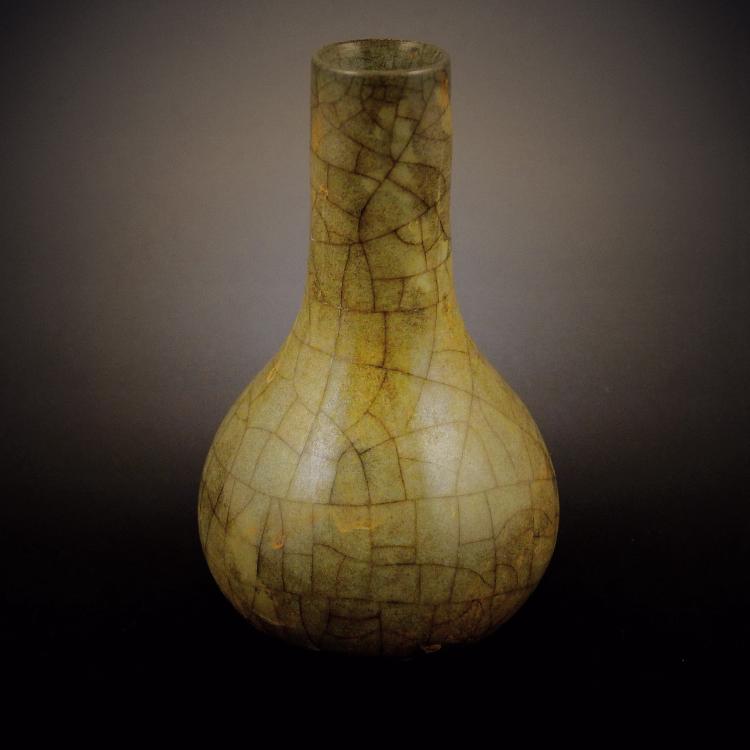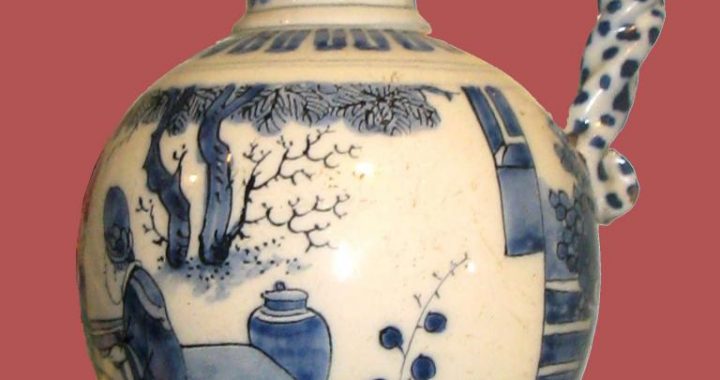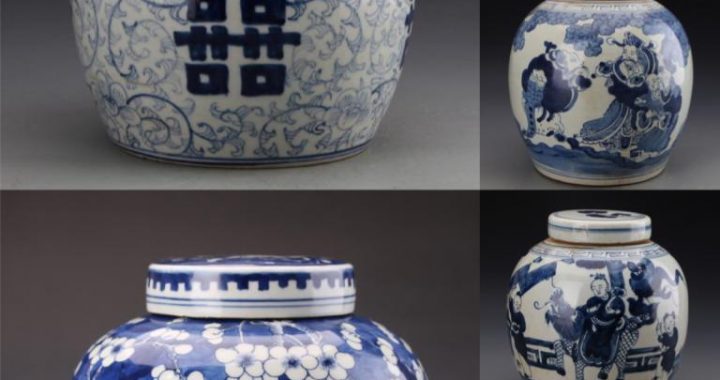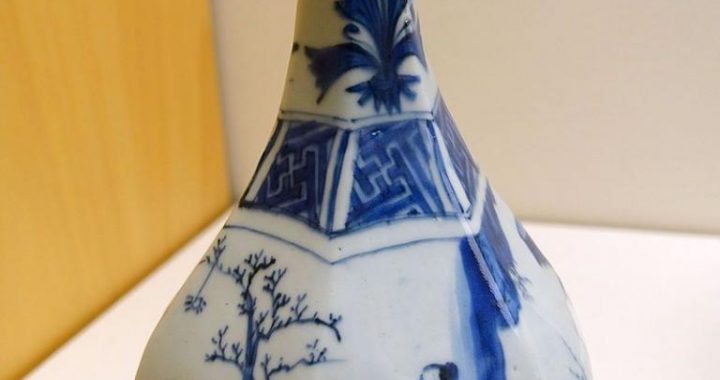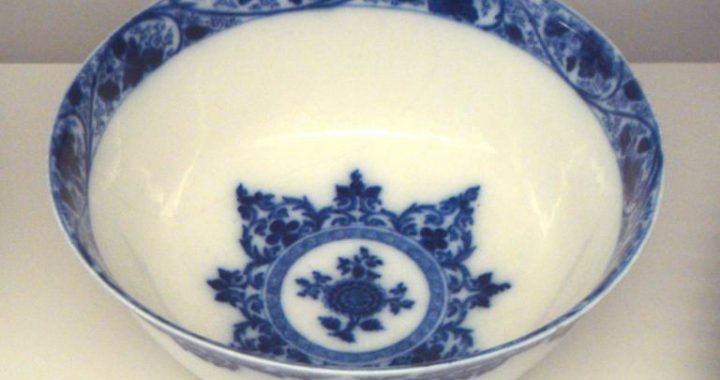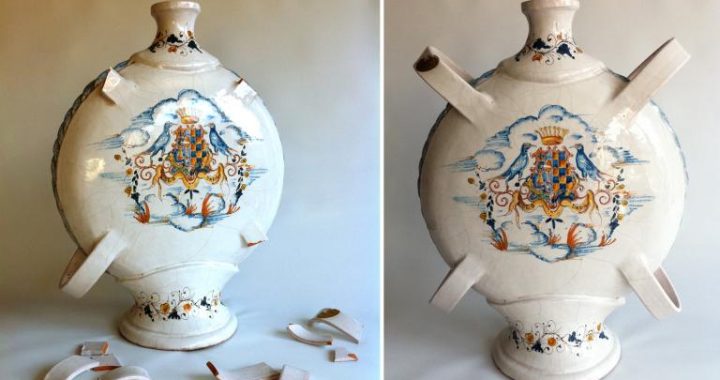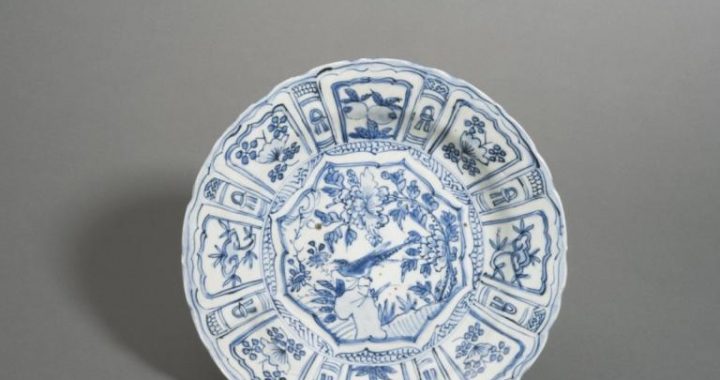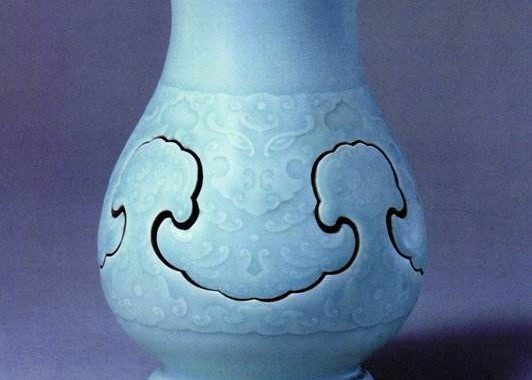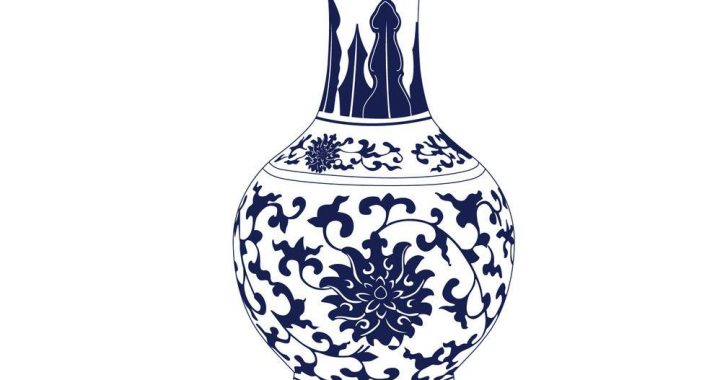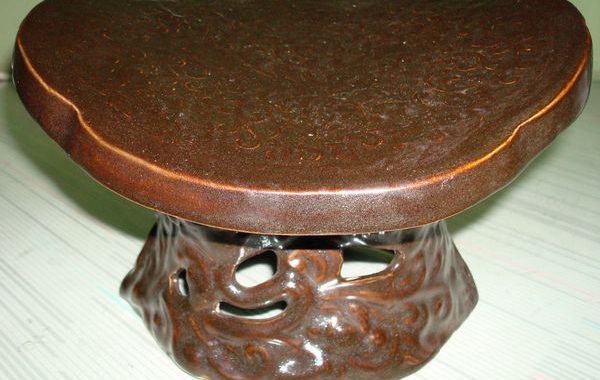Ge Kiln in Song Dynasty
3 min readGe kiln (literally meaning “Elder Brother’s kiln'”) is reputed for the production of special celadon wares. The unusual name of this kiln seems to indicate the existence of a Di kiln (literally meaning”Younger Brother’s kiln”), and there is indeed a legend concerning its name.
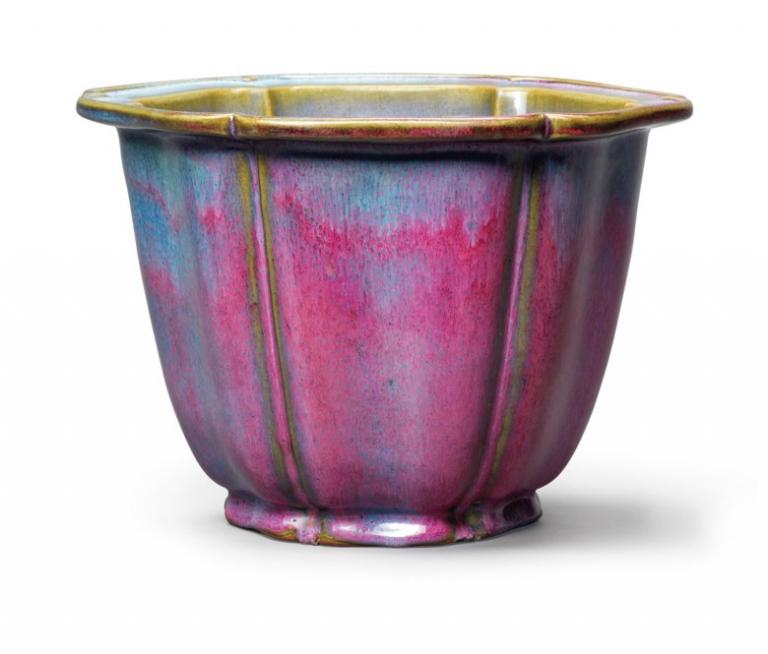
As the story goes, during the Song dynasty, there was a skillful old potter named Zhang Cungen living in the Longquan area near Lin’ an, who was renowned for making celadon. His two sons, Zhang Shengyi and Zhang Sheng’ er, learned porcelain making skills from him, and became porcelain masters themselves. After their father passed away, each of them managed one kiln, namely Ge kiln and Di kiln.
Thereupon, the two brothers and their kilns became competitors. As wares of Ge kiln were more popular, one day, the jealous younger brother deliberately put a handful of grass ashes into the glaze of his elder brother’s, which made the products of Ge kiln covered with cracks after firing.
The sad elder brother decided to sell these”defectivewares”on the market at whatever price. However, much to his surprise, people marveled at these irregular cracks, and all wares were soon sold out. In fact, these”defective wares”are just what we refer to today as precious Ge kiln porcelain, and the cracks, known as”golden wires and iron threads”, are the most distinctive feature of Ge kiln as well as the most important criterion for appraising their authenticity. Nonetheless, legend is only legend, and today, it still remains a puzzle whether the creation of these primitive cracks derived from a beautiful slip-up, or was the result of the potters’ decades of experience accumulation.
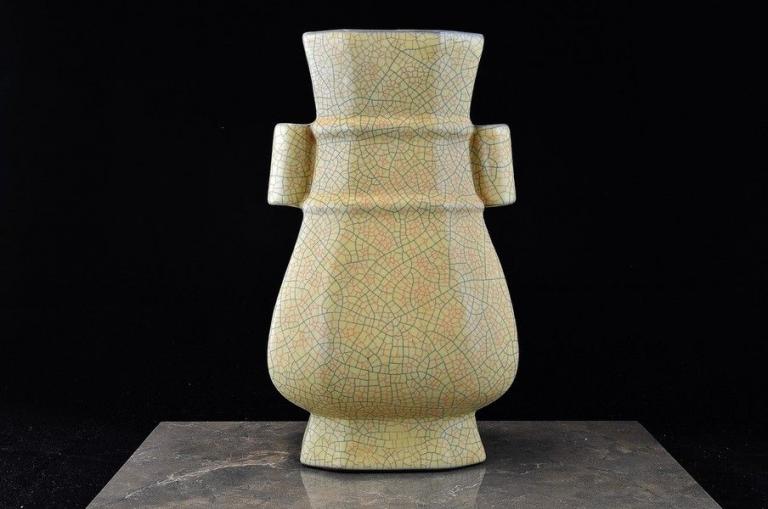
Another feature of Ge ware is its “purple mouth rim and iron foot”, resulting from the emergence of its darkpaste through the thin glaze at the mouth rim and foot.
As the exact site of Ge kiln hasn’t been found yet, its true story remains a secret, and is subject to many presumptions. Some people even suggested that it might be the Guan kiln of the Southern Song. The revealing of the truth could only depend on new archaeological excavations.
On the other hand, concerning the story of the two brothers, as the younger brother was also a porcelain master, how did Di kiln go? As a matter of fact, it is believed to be what we know as Longquan kiln.
The Longquan kiln, best known for making celadon, was named after its location at Longquan of Zhejiang province. The most reputed type of Longquan ware presents glaze as verdant as green plum. As a legend goes, such porcelain is the incarnation of a girl named Qing Ji in ancient times, who sacrificed herself in the kiln in order to save her father and her whole family. She was later worshiped as a goddess from generation to generation, and, her name is always imprinted in the history of Longquan kiln.
When they were brought to Europe, Longquan wares also had great appeal to Europeans who adored their lovely green.”Celadon”as they were then romantically called, may probably derive from the name of a handsome hero in a stage play that was enjoying popularity in French upper-class then, who wore a cloak in green that was very similar to the glaze of Longquan wares.
